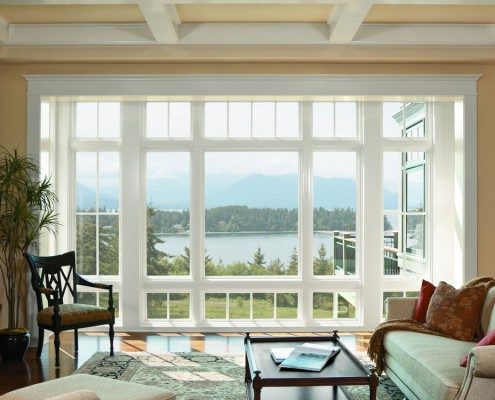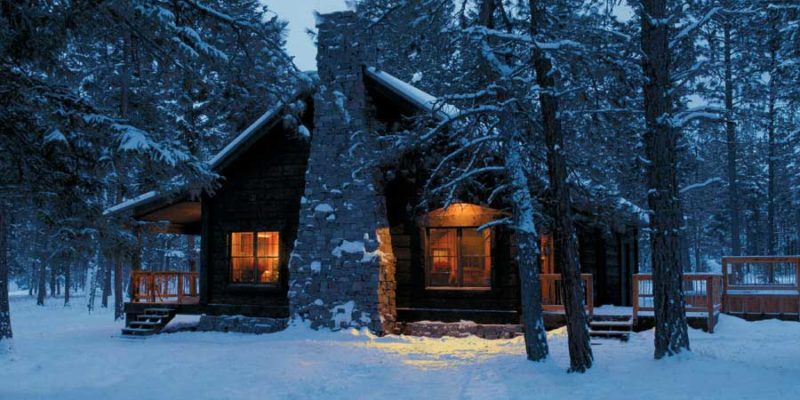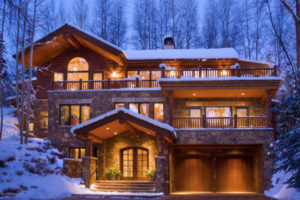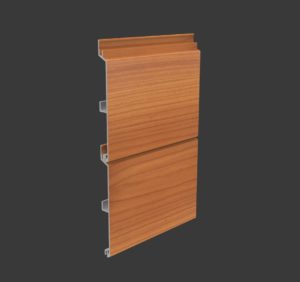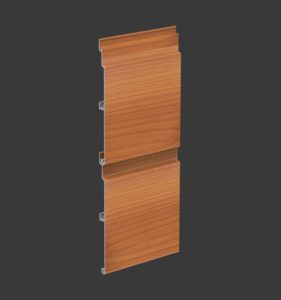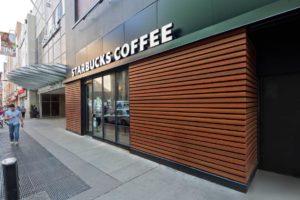Are Replacement Windows worth the Investment?
When it comes to replacing the windows in their home, folks often think of it as merely another expense to add to their budget. A lot of homeowners tell us, “Oh, we’d love to put your windows in our house, but we just don’t think we can afford them.” Often, many of them don’t consider the fact that the old windows they currently have could be significantly draining their finances already. Even if the windows seem to function properly, here are a few ways that they could actually be costing you money.
1. Ultraviolet light
Plain, untreated, clear glass lets in UV rays. These rays are responsible for perpetual damage to the inside of your home. Items that you know would be affected by sunlight outside are still being damaged indoors, but at a slower rate. This can mean discolored carpet, faded artwork, disappearing photographs and faded upholstered furniture and wood floors. Homeowners commonly report that blinds become brittle, and curtains or other window treatments become discolored and start deteriorating. Having to replace your furniture, rugs or drapes that were damaged over time could be quite costly.
2. Heat transfer
Old windows can’t keep the heat out in the summer or in during winter because the frames don’t have insulating properties. Common outdated frame materials, such as aluminum, conduct heat directly from the outside to the inside of your home. If you feel a different temperature when you are near your windows, they are doing very little to insulate your home. This causes your furnace or air conditioner to run unnecessarily, driving up your monthly energy bill.
3. Leaking
Old windows often have many tiny cracks, even when they seem to close and function properly. The weather causes windows to expand and contract, so the glass doesn’t fit properly. Panes of glass can become loose, or the glass itself can break. The caulking around the windows crumbles over time and the weather stripping fails. Not only can this make your home drafty, it can also let in dust and other allergens, as well as cause water damage. These are some negative effects you will experience when that happens:
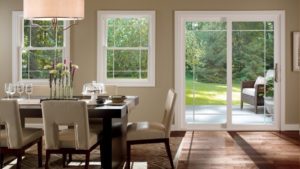 You’ll find yourself spending more by adjusting your thermostat to compensate for the drafts. The leaks will let in spiders and other insects and put a bigger exterminating bill on your budget. The biggest costs that come from the water damage will have long-standing effects on your home, possibly leading to mold issues, and the need to replace entire sections of plaster or drywall. You might be feeling unwell from the dust, mold and other allergens coming into your home, which affects your quality of life.
You’ll find yourself spending more by adjusting your thermostat to compensate for the drafts. The leaks will let in spiders and other insects and put a bigger exterminating bill on your budget. The biggest costs that come from the water damage will have long-standing effects on your home, possibly leading to mold issues, and the need to replace entire sections of plaster or drywall. You might be feeling unwell from the dust, mold and other allergens coming into your home, which affects your quality of life.
4. Upkeep
Especially for homeowners with wood windows, the wooden frames need to be stained or painted frequently or they are subject to wood rot. The cost to maintain wood windows is substantial, as they have to be meticulously masked off, sanded and primed, with several coats of paint to keep them in good condition. Additionally, some other window frame materials that were not designed to be painted may have been mistakenly painted, and then they start peel and blister. New windows are designed to be virtually maintenance free and never need painting.
At the end of the day, if you are experiencing any or all of these issues with your old windows, you are probably spending more on those windows than you’d care to. You may even find that the cost of new windows isn’t really much more than what your old windows are costing you. Give us a call at First Choice Exteriors to find out how affordable that replacement windows can be 330-674-7051
The information provided is for reference only and may change without notice

